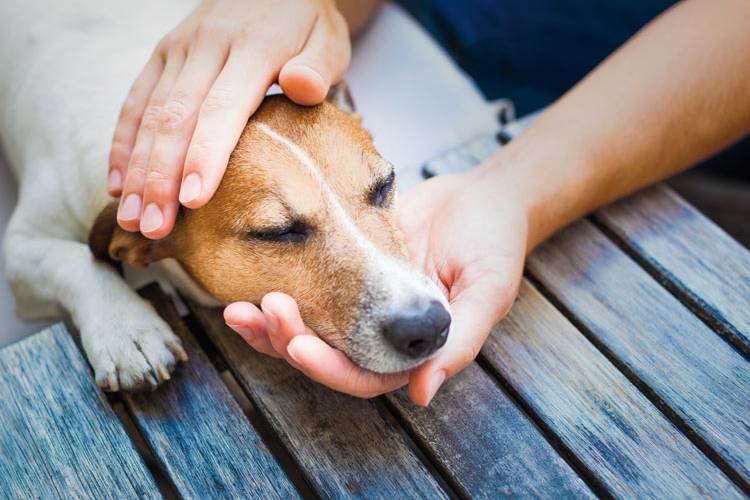First aid for cats and dogs
Your pets, especially cats and dogs, can suffer accidents in their daily life and you must be prepared to help them. Faced with an unexpected accident, keeping calm, acting quickly and having some notions of first aid can save their lives, while you take them to the vet.
pets
Share

BASIC RULES
• When faced with a health problem, the first thing to do is to call the vet so that they advise you and even tell you any steps to follow.
• You must never give your pet human medication, as many of them can seriously harm it.
• Monitor their food, as in cold seasons, especially dogs, are usually more active and need a type of food with more protein.
• It is important to stay calm and calm the animal down, especially if it is in pain, so that it lets you handle it.
MOST COMMON ACCIDENTS
• Twisted leg. If a dog or cat is limping, the first thing to do is to make sure it has nothing stuck in its paw and hasn’t cut itself. Also check its claws, because cats’ claws grow and can get stuck in their pads, and dogs’ claws can break, hurt them and make them limp. In this case they usually lick the affected area. If you don’t see anything strange, keep the animal still until you see the vet, who will be able to determine if it is a sprain, which can be cured with an anti-inflammatory, or if it is something more serious which needs treating.
• Diarrhoea and vomiting. If the animal is vomiting or has diarrhoea, the first thing to do is to check if it has eaten a foreign object, checking the house looking for damage, broken rubbish bags, if there is any clothing missing... Prevent it from eating for 12 hours, because it may be that it has just eaten something it shouldn’t have and will expulse it with diarrhoea or vomit and get better by itself. If it doesn’t get better in 12 to 24 hours, take it to the vet in case it has gastroenteritis.
• Heatstroke. In summer, it is vital to not leave your pets alone in the car in the sun, not even for five minutes. When faced with heatstroke, you must reduce your pet’s temperature gradually, never suddenly, and try to rehydrate it. Don’t cover it, but cool it down with wet cloths on its neck and head. You can also moisten its mouth and see if it wants to drink, without forcing it.
• Insect bites. Usually it is a wasp sting, and if the animal is not allergic to it, all you have to do is wait for the effects to wear off or help it with medication from the vet’s. You can also apply cold to the area, such as a bag of frozen peas.

• Poisoning. If you have seen it and you are sure, the first thing to do is to make the animal vomit, by giving it oxygenated water until it is sick. Usually, 10-20 mL is enough. However be careful, because if it has swallowed alkali or a strong acid, it must not vomit, as that would irritate its oesophagus and throat. Call the vet quickly to tell them the type of poison it has eaten and especially, how much. The vet will be able to tell you what to do, as poison which goes straight into the bloodstream is very dangerous and when the symptoms appear, sometimes there is no solution.
• Processionary caterpillar. If you go to the mountain with your dog, you have to be very careful with the processionary caterpillar, which can be fatal. For this reason, if your dog has licked a processionary caterpillar, the first thing to do is to clean its tongue with a lot of warm water, without rubbing, but letting the water clean off the hairs of the caterpillar which may get stuck on its tongue. As a precaution, you can take medication indicated by the vet with you to inject the dog with while you take it to see the vet. In this case, it is essential to act quickly.
• Bites. Sometimes dogs fight with each other or even with cats, and can bite one another when playing. In this case, if the wound is bleeding, you must clean it with physiological serum or oxygenated water. If you can, cut the fur around the wound. If it is a large wound, bandage it so the animal does not touch it while you take it to the vet. If it bleeds a lot, apply pressure with a cloth.
• Spike in the nose or ears. Do not try to remove it. If your dog has a spike on its nose, it will probably sneeze and start to bleed. Take it to the vet as soon as possible before it gets too deep. In most cases, the animal will have to be sedated to remove it.

Trained dog, happy owner
Is it important to train my dog?
Trained dog, happy owner






